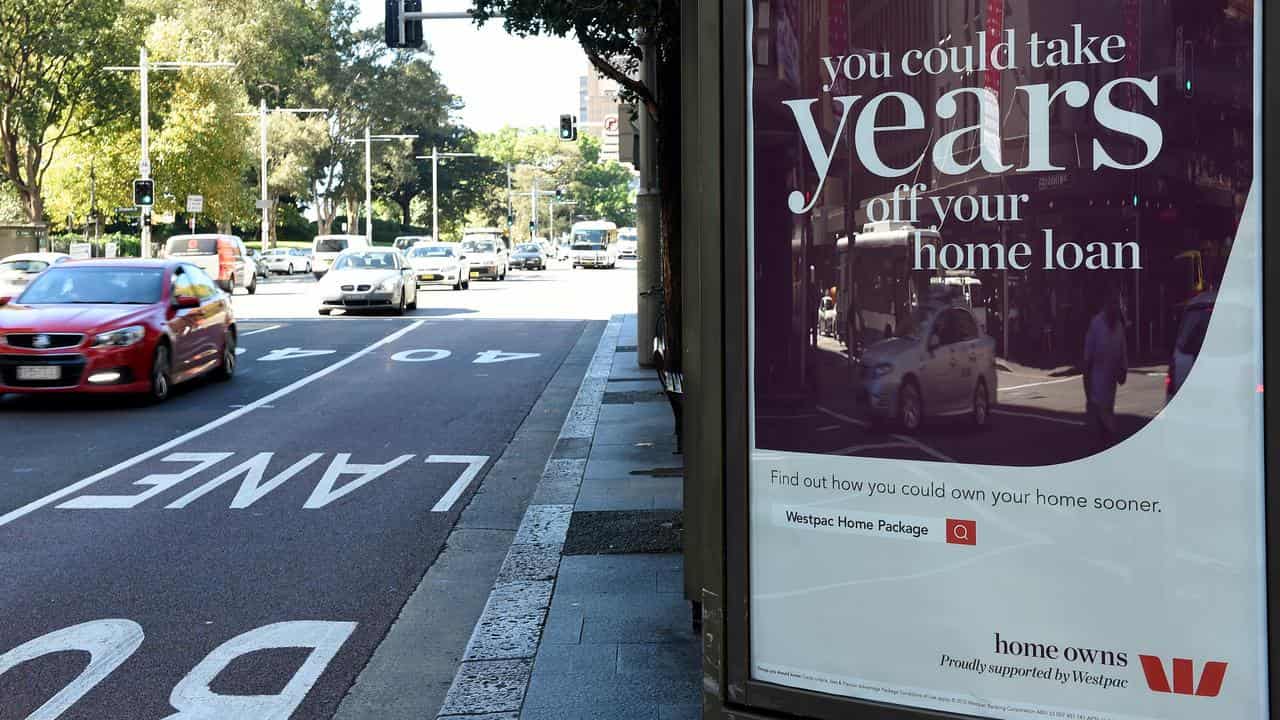
Reserve Bank governor Philip Lowe has toned down his language around more interest rate hikes, but says more tightening is still possible even after keeping the cash rate on hold this month.
The governor says it's unclear if monetary policy has more work to do and was "very conscious" the full force of the tightening had not yet been felt.
"It remains to be determined whether monetary policy has more work to do," he said in a speech to the Economic Society in Brisbane on Wednesday.
"It is possible that some further tightening will be required to return inflation to target within a reasonable timeframe."
The board opted to keep the cash rate on hold at 4.1 per cent when it met on July 4.
This followed four percentage points of hikes since May 2022 aimed squarely at bringing inflation back within the two-three per cent target range.
"The board decided that, having already increased rates substantially, it was appropriate to hold interest rates steady this month and re-examine the situation next month."
Dr Lowe suggested the last few interest rate hikes in May and June may have been enough to counter a concerning spate of data that implied the central bank may struggle to return inflation to target by mid-2025, as expected.
"Data received since then had suggested that the inflation risks had shifted somewhat to the upside," he said.
"The board responded to this shift in risk with a further lift in interest rates."
AMP economist Shane Oliver said slotting in the phrase "possible" in relation to further tightening suggested the RBA was moderating its language.
"Given our assessment they've already done enough, it's hard to argue with … although I suspect they may still do more," Dr Oliver said.
The governor also laid out the "cross-currents" feeding into the inflation outlook.
Rising rents, higher electricity prices, strong unit labour costs - largely driven by sluggish productivity growth - and high levels of capacity utilisation were at the top of his worry list.
But he said several forces were working in the other direction, including normalising supply chains, easing commodity prices and slowing growth in household consumption and overall demand.
"The slow growth in demand is expected to lead to some rise in unemployment and a moderation in growth in unit labour costs," Dr Lowe said.
"It is also expected to reduce cost pressures on firms and to lead to greater discounting than has been the case over recent times."
The governor said the rate rises were clearly taking effect based on spending habits, with retailers reporting less spending, smaller baskets and trading down to cheaper items.
"So consumption growth is weak, and that's largely because of what's going on with monetary policy but also the decline in real incomes from our inflation," Dr Lowe said.
An updated set of the RBA's economic forecasts, as well as fresh data on inflation, the labour market, household spending and the global economy, will inform the August rates call.




